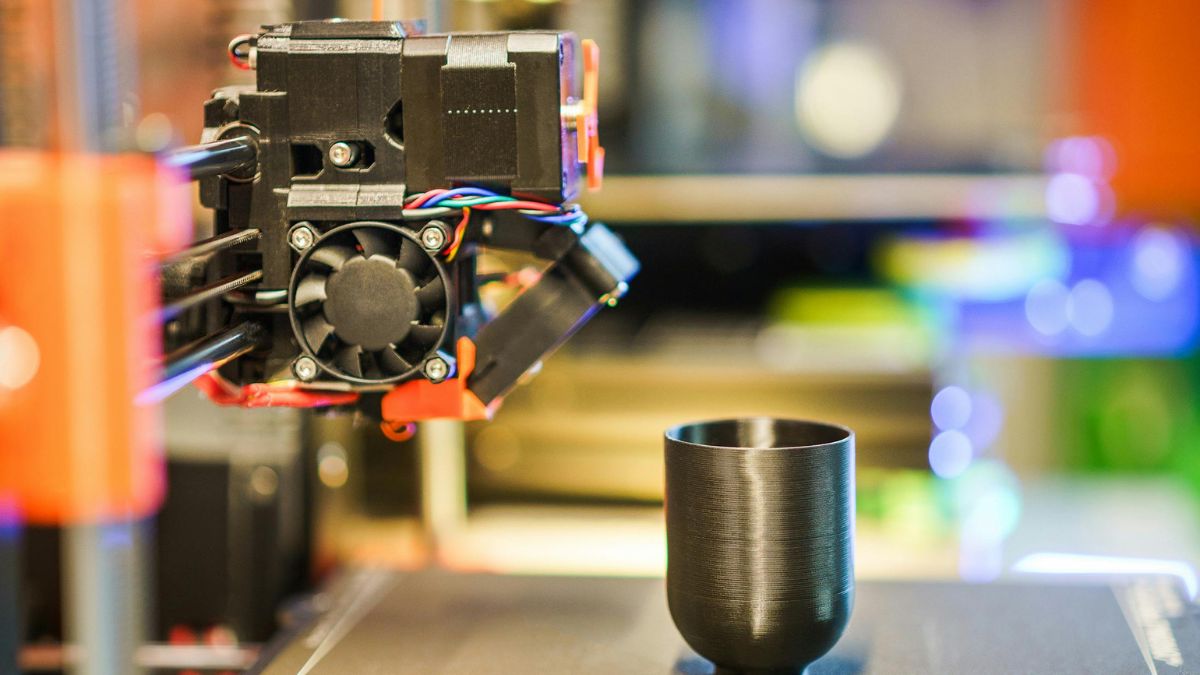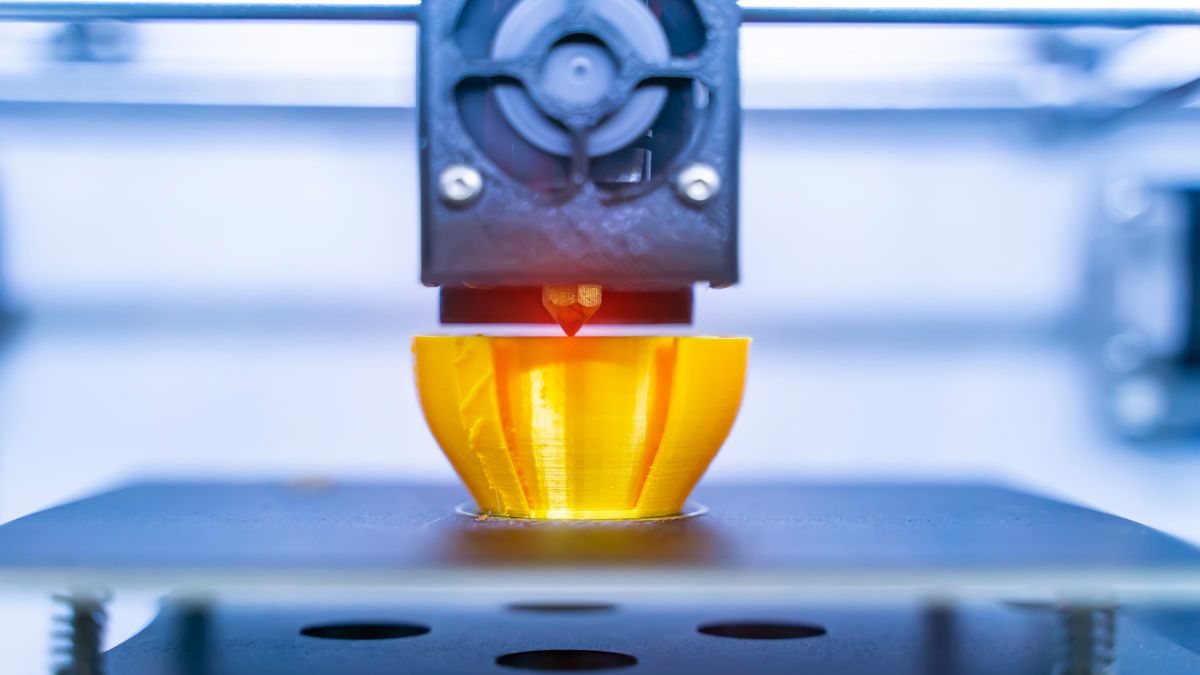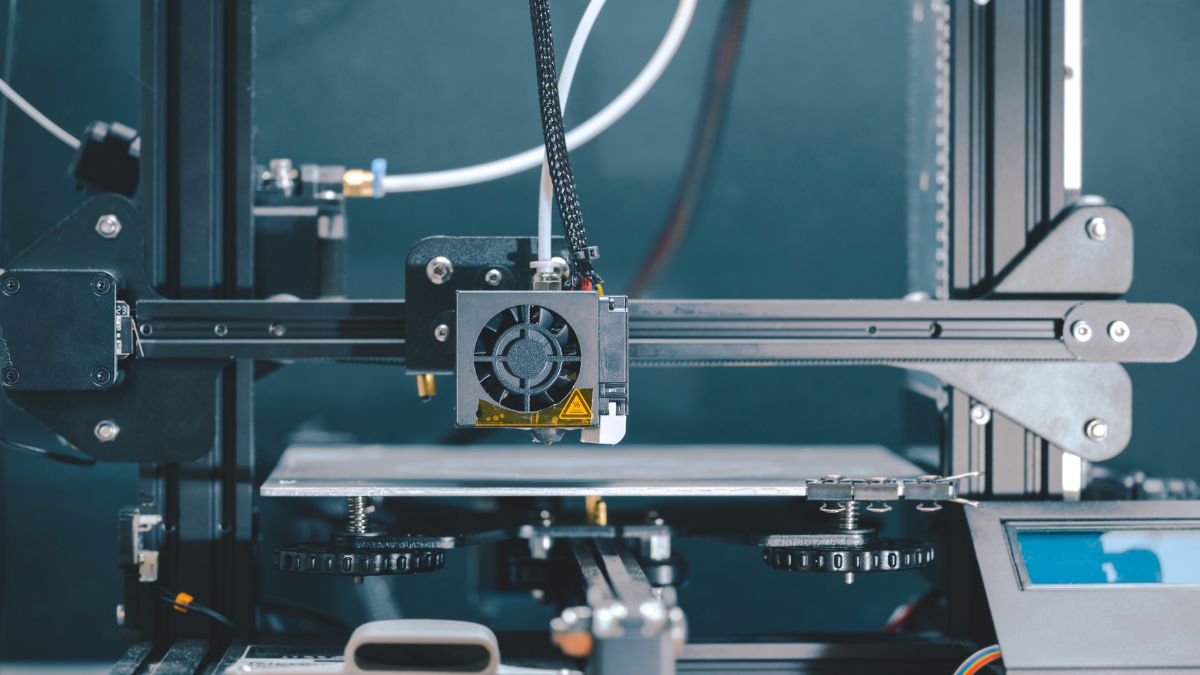Sustainability and efficiency from the product's conception
Design can no longer be separated from environmental commitment. In a society that is increasingly aware of the impact of its consumption and production decisions, ecodesign It is presented as a key tool for transforming the way we create and use the objects around us. It's not just about aesthetics or functionality, but about integrating sustainability into the DNA of design from the earliest stages of the creative process.

In InnouAt , we understand ecodesign as a strategic pillar. Our approach combines creativity with environmental responsibility, offering solutions that not only respond to our clients' needs but also generate a positive impact on the environment. Designing with the planet in mind means designing with a vision for the future.
What is ecodesign and why is it key in packaging and 3D printing?
He ecodesign It is a methodology that considers the environmental effects of a product or service from its conception. This involves making conscious decisions about the materials used, the efficiency of production processes, transportation, energy consumption, the durability of the object, and its end-of-life: can it be recycled, reused, or degraded without harming the environment?
In the case of the packaging, this means designing packaging that minimizes the use of resources, that is easily recyclable or reusable, and that provides added value without generating unnecessary waste. In the field of 3D printingEcodesign allows for the production of prototypes or final pieces with sustainable materials and on demand, reducing waste and avoiding overproduction.

Products that care for the planet from the first sketch
In our work methodology, sustainability isn't an afterthought: it's the starting point. From the selection of recycled or biodegradable materials for packaging to the design of parts optimized for 3D printing that reduce material use without losing functionality, the entire process is geared toward reducing the ecological footprint.
Thanks to technologies such as 3D printing, we can create functional prototypes with a low environmental impact, testing products before final production, and optimizing resource use. This also allows for more agile development, shorter lead times, and more precise decision-making.

Circular packaging: think about after-use
Ecodesign goes hand in handor the circular economy, a philosophy that seeks to keep materials in use for as long as possible. Instead of designing packaging that ends up in the trash, we work to make containers reusable, recyclable, or compostable. We also exploremodular or adaptable solutions that can have a second useful life.
Designing with a circular perspective not only reduces waste, but also adds value to the brand: sustainable packaging communicates values, generates loyalty, and meets the expectations of today's consumer.
3D printing as an ally of ecodesign
3D printing has become a powerful tool in eco-design. It allows for on-demand manufacturing, avoiding overstocks, and adapting designs quickly. In product or furniture design projects, it allows for the creation of structurally optimized shapes that use less material but are just as durable.
In addition, advances in sustainable materials for 3D printing —cAs bioplastics or recycled materials—make it possible to create products that are not only functional and aesthetically appealing, but also environmentally friendly.
Innovating with purpose: sustainability as a competitive advantage
For us, innovation doesn't just mean creating something new, but doing it better: more useful, more efficient, and more responsible. More and more consumers value brands' environmental commitment and demand consistency between what they say and what they do.
He ecodesign It allows companies to differentiate themselves in a competitive market by demonstrating a proactive approach to environmental challenges. It also offers operational benefits such as cost reduction, improved logistics, and process optimization.
The future of design is regenerative
Climate change and resource scarcity require us to change the way we produce and consume. And in that change, ecodesign It's a powerful tool. Embracing responsible design isn't a fad: it's a strategic, ethical, and business decision.
In InnouWe work to ensure that every product that leaves our workshops is part of the solution, not the problem. We design with an eye toward a future where beauty is also sustainable, and where innovation is not at odds with respect for the environment.
